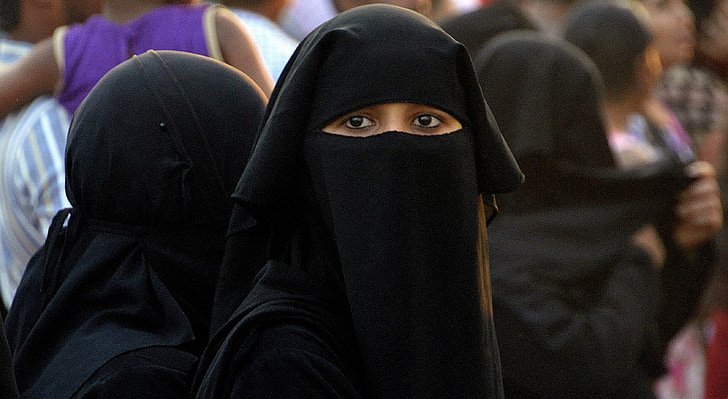Doctrine And Fashion: As Iran Protests Persist, What Women's Clothing Does Islam Require?
Creative Commons photo.
Religion Unplugged believes in a diversity of well-reasoned and well-researched opinions. This piece reflects the views of the author and does not necessarily represent those of Religion Unplugged, its staff and contributors.
(OPINION) THE QUESTION:
As Iran protests persist, what women’s clothing does Islam require?
THE RELIGION GUY’S ANSWER:
The facts are these. On Sept. 13, Iran’s morality police arrested 22-year-old Mahsa Amini for violating the legally required Muslim dress code for women. She was wearing the mandatory head scarf, a hijab, but apparently it did not correctly conceal all of her hair. Three days later, Amini died while still in police custody. The government blames a heart attack, but suspicions that she was abused run rampant.
In the spontaneous uproar that resulted, refusal to wear the hijab became a symbol of resisting oppression as protests across the nation targeted not only restrictions for women but expressed overall rejection of the harsh theocratic regime that has ruled revolutionary Iran the past 43 years. At this writing, at least 200 Iranians have reportedly been killed and 1,500 demonstrators arrested.
Azadeh Moaveni of New York University wrote in The New York Times that resentment boiled over in part because women in Tehran’s wealthy and politically connected elite flagrantly ignore the Muslim dress laws without arrest.
There’s always been vigorous discussion of the complexities about exactly what attire is properly modest and thus faithful to Islam.
Responding to events in Iran, Deina Abdelkader at the University of Massachusetts Lowell contends that clothing rules “have nothing to do with Islamic tenets” while Muslim countries have imposed — or forbidden — forms of women’s attire in order to proclaim their ideology, whether secular or scrupulously religious.
Islam’s fundamental concern here is not unique, since religions normally advocate modesty and propriety. In particular, Jewish tradition associates attire as part of a general admonition in the Torah (Deuteronomy 23:15, JPS translation): “Let your camp be holy; let Him (God) not find anything unseemly among you and turn away from you.”
The biblical Song of Songs depicts women’s hair as especially alluring. And long before the rise of Islam, Jewish law taught that modesty meant women should not display their natural hair in public after they are married. Down to the present day, observant Orthodox women wear wigs or head scarves to cover their hair, and certain rigorists shave their heads as an act of piety.
In the Islamic tradition, women’s clothing is to be loose-fitting in order to cloak the figure. While the hijab scarf covers the hair and neck area, that word is also used for full outfits that cover the body except for the face and hands. Other terminology for garb includes the burqa, chador, khimar or niqab. In some contexts, Muslim women will also cover their faces except for the eyes, or even conceal the eyes entirely behind a mesh veil.
The Quran required veiling only in the special circumstance of etiquette for those given the privilege of visiting the Prophet Muhammad’s household (per 33:53). Guests who spoke with his wives were told to do so respectfully from behind a veil (also translated as “screen” or “curtain”).
The Quran’s main text on women’s modesty (24:31) does not specify any Iran-style restrictions on hair or attire: “Tell the believers to cast own their eyes and guard their private parts and not show their finery except the outward part of it. And let them drape their bosom with their veils and not show their finery” except to husbands, close male relatives, female servants, male servants with “no sexual desire” and young children (per the Majid Fakhry edition).
Verse 7:26 similarly records God’s statement that “we have provided you with clothing and finery to cover your private parts.” And verse 33:59 says, “Tell your wives and daughters and the wives of the believers to draw their outer garments closer. That is more conducive to their being known and not being injured.” That means this will prevent harassment.
Verse 24:60 adds this: “Those women who are past child-bearing and have no hope of marriage are not at fault if they take off their outer garments, not exhibiting any finery; but to refrain is better for them.”
Traditions preserved from very early in Musim history, according to “The Study Quran,” stated that slaves were forbidden to cover their hair, meaning that concealment was a sign of a woman’s higher social status.
Richard Ostling is a former religion reporter for The Associated Press and former correspondent for TIME Magazine. This piece first appeared at Get Religion.

